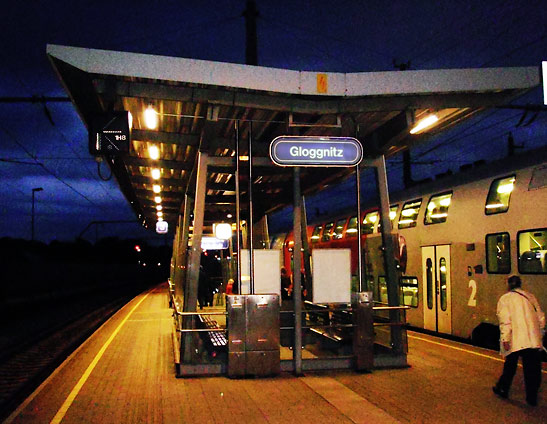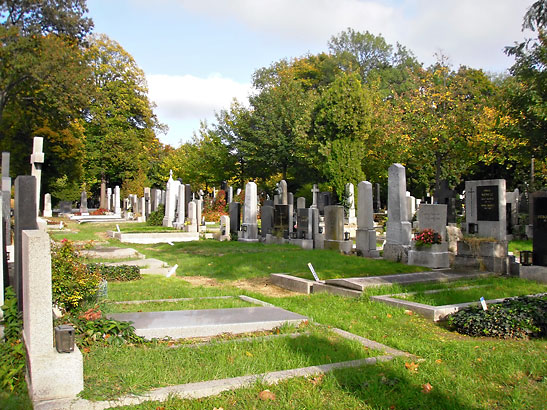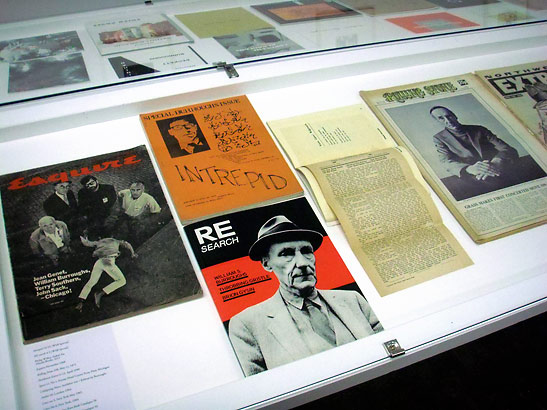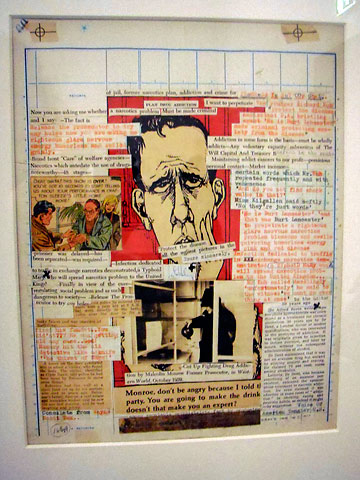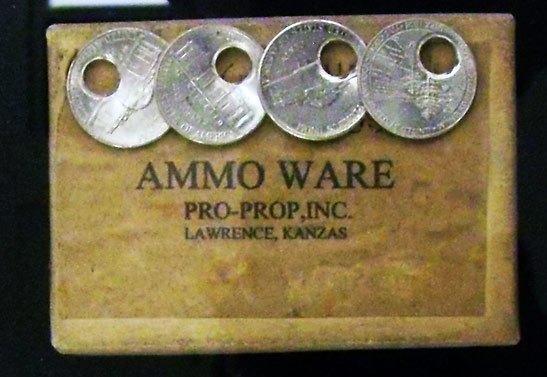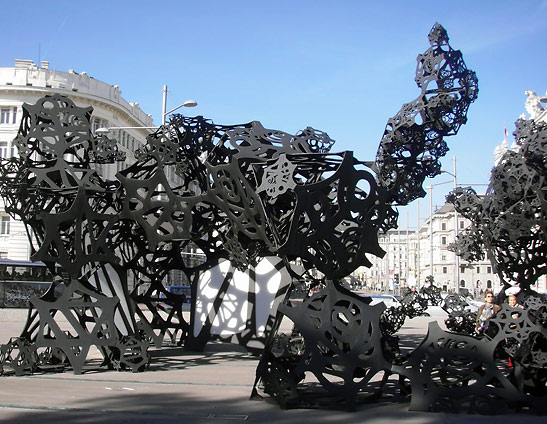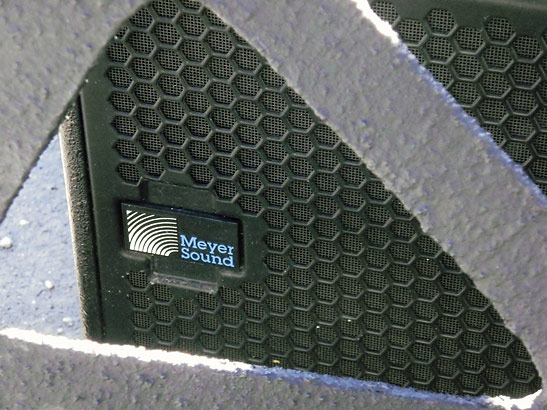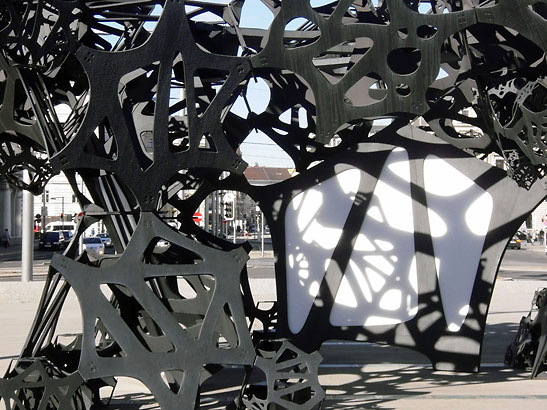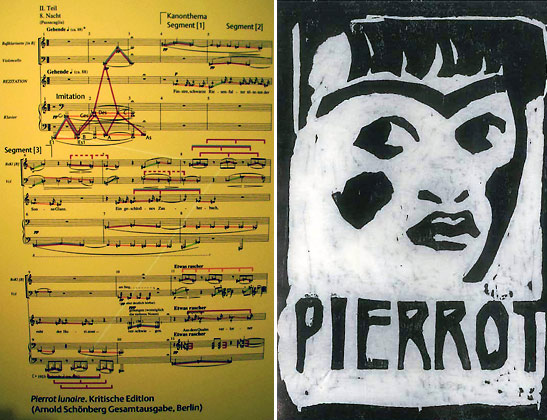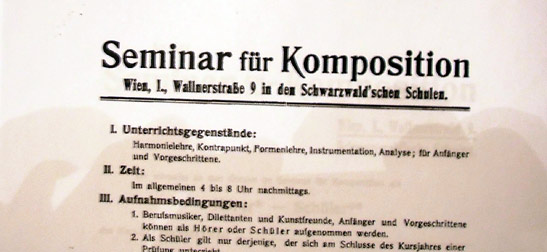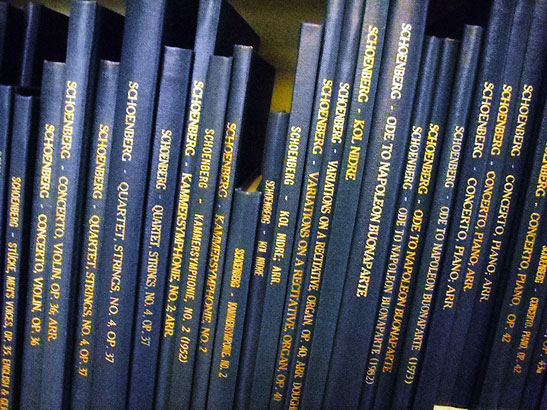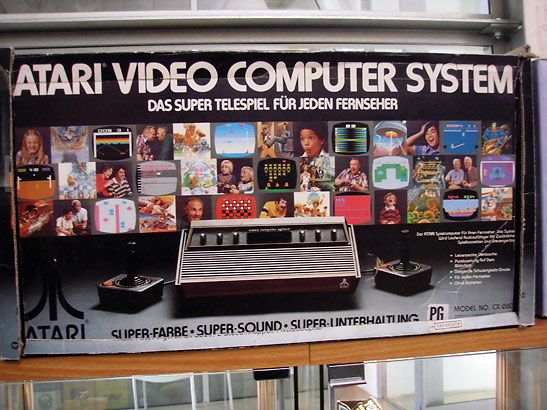 |
 |
|
 |

|
Vienna:
In Search of Mavericks
Story and photos by Gary Singh
For example, as a locale steeped in cultural aristocracy, Vienna gives me the likes of Schubert, Brahms, Mozart, Beethoven and Strauss, all of which constitute vital, must-see components of the city's storied musical landscape. This is the classical music capital of the world, as more composers operated here than in any other place. In today's Vienna, those guys are everywhere, especially the Central Cemetery.
But I find alternative inspiration without even trying. I don't have to plan. In Vienna, I navigate a psychic maze of boundary-shattering creative types and crossover artists who could not function within the established compartmentalizations of the western world. They seem to find me, rather than the other way around. In the MuseumsQuartier, William S. Burroughs emerges in pieces all over the Kunsthalle Wien. Cut-ups, Cut-ins, Cut-outs: The Art of William S. Burroughs nearly eludes me, as the show seems to be ending in a few days. To neutralize the alien gods, I slither in.
Burroughs, of course, pioneered a new form of writing, the cut-up method, and upon viewing the show I almost feel like writing a cut-up review of sorts. Maybe it would go something like this: The exhibition extends through many rooms and corridors. Busted wooden door, painted collage, staring at intrigued German woman with camera. High school kids fill the entire gallery and know not what their instructor sees. Or wants to know. There are two instructors, actually. Man. Woman. All the shotgun artwork rankled with bulletholes. Coins, portraits, cartoons he shot up. Now all framed in a museum like canned pickles. Decades-old RE/Search volume between Rolling Stone and Esquire under glass – museum glass! – the magazines, the pamphlets, letters, words, typed, zigzagged across the page, circled, squared and trapezoided in red, black, gray and pencil.
His suggested library, just one shelf, cold against the bone-white walls, presented with a Euro-chic lamp and headphones to listen. The high school kids appropriate 8x11 sheets of paper, "VIRUS" it says on the back, one after the other, with words, mixed up and mixed up over and over again. They learn collage and mystery and violence and heroin and typewriters soaked in dust. Language as virus, as Uncle Bill always claimed. Videos. Old and black and white. Those present don't seem to get it. Especially not the high school teachers. WSB drinks bourbon in the chair, in the video, as Kathy Acker interviews him outside in the lobby. Inside, the glass cases carry decades of shotguns, drugs, tape recorder experiments, typewriters, raincoats and stale newspapers. Sounds, cut-up, spliced, mixed, predating hiphop by decades. A masterpiece, this show. It goes on and on and on. More smartphones taking shots of decades-old newspaper collages and magazine pages underneath museum glass, matted and framed and everything in a precise logical order, cannot be mixed up. Or cut up.
Evasion. Sidetrack. No press kit. Pristine restroom. Call it a done deal. Back to the front. What's next: In a perfect example of carrying on the Burroughs anti-tradition, an outdoor sonic sculpture titled, The Morning Line, draws me to Schwarzenbergerplatz, not too far away. It is there that J.G. Thirwell of Foetus, Lee Ranaldo, et al, participate via their sound contributions, in this audio pavilion of sorts commissioned by Thyssen-Bornemisza Art Contemporary. The sculpture utilizes speakers from Berkeley's Meyer Sound.
As I show up, the whole thing is turned off, but as far as I can tell, Max/MSP software is utilized to distribute the different compositions throughout the space. As observer/participants enter the area, they hear the various recordings playing from various speakers, depending on where they are, and the 3D space becomes immersive and ephemeral. Some of the compositions are cut-ups and mashups, while others are more traditionally composed, but all pieces are designed to highlight the routes between the disciplines of architecture and electro-acoustic music composition. It's the cutup techniques of Burroughs meets the landmark spatial sound/architecture crossover projects of Edgard Varese and Iannis Xenakis. But brand new for Vienna.
Across the street from The Morning Line, I feel obligated to invade the Arnold Schoenberg Center, a first-rate repository of the famous 20th century composer's musical and creative legacy. Musicologists might shudder upon these words, but since Schoenberg also painted, I tend to call him a "crossover artist." As I snoop around inside the place, an entire smattering of material related to Schoenberg's Pierrot lunaire confronts me, primarily since upon my visit it's the 100th anniversary of this groundbreaking melodrama cycle. In 1912, Schoenberg originally placed this music in the extreme danger zone of post-Romantic composition. It caused a riot.
In Pierrot lunaire, the title hero is a bizarre, uncomfortable and nervous figure, lured into a nightmarish world of phantasms and hopeless passions. Crossing over between singing and speaking, the vocal sonics unfold against a complex kaleidoscopic maelstrom of atonal sound. At least that's the way I see it. The exhibit presents facsimile manuscripts, documentation, film footage, riot reportage from newspapers and other scraps and bits from Schoenberg's career of music instruction in universities. I even scope out photocopies of homework he handed out in class.
Feels like I'm finally using my music degree for something. I feel at home. This is what Vienna does to me. As I prowl around Vienna, the city begins to play games with me. Back at the MuseumsQuartier, the transdimensional presence of legendary Atari founder Nolan Bushnell emerges at Subotron, a retail and cultural incubator for digital gaming culture. Past, present and future smash together in this place. Atari 2600 meets Second Life. I grew up in Silicon Valley with the Atari 2600, so the space-time continuum-shattering spectacle of this machine, auf Deutsch, blows me away.
Unlike Schoenberg, Bushnell is still actually with us. It was he, as head of Atari 40 years ago, who helped launch the video game industry, as we know it. He is a maverick just like the rest of these characters. I feel no distinction between home and abroad, between foreign and domestic: Instead of those two opposing each other, they compliment each other. Games. Cut-ups. Music. Sonic distribution. Literature. Hopeless passions. Crossover. This is what Vienna does to me. Related Articles: |
|
Your tea adventures are especially interesting because I've always associated tea with British etiquette or a bevy of women wearing dainty victorian costumes and sipping tea with their little pinky sticking out. To see Tea from a man's perspective brings new light in a man's psyche. I've been among the many silent admirers of your writings for a long time here at Traveling Boy. Thanks for your very interesting perspectives about your travels. Keep it up! --- Rodger, B. of Whittier, CA, USA
|
This site is designed and maintained by WYNK Marketing. Send all technical issues to: support@wynkmarketing.com

|











